Marvel & DC's Superheroes Share The Same Terrible Secret
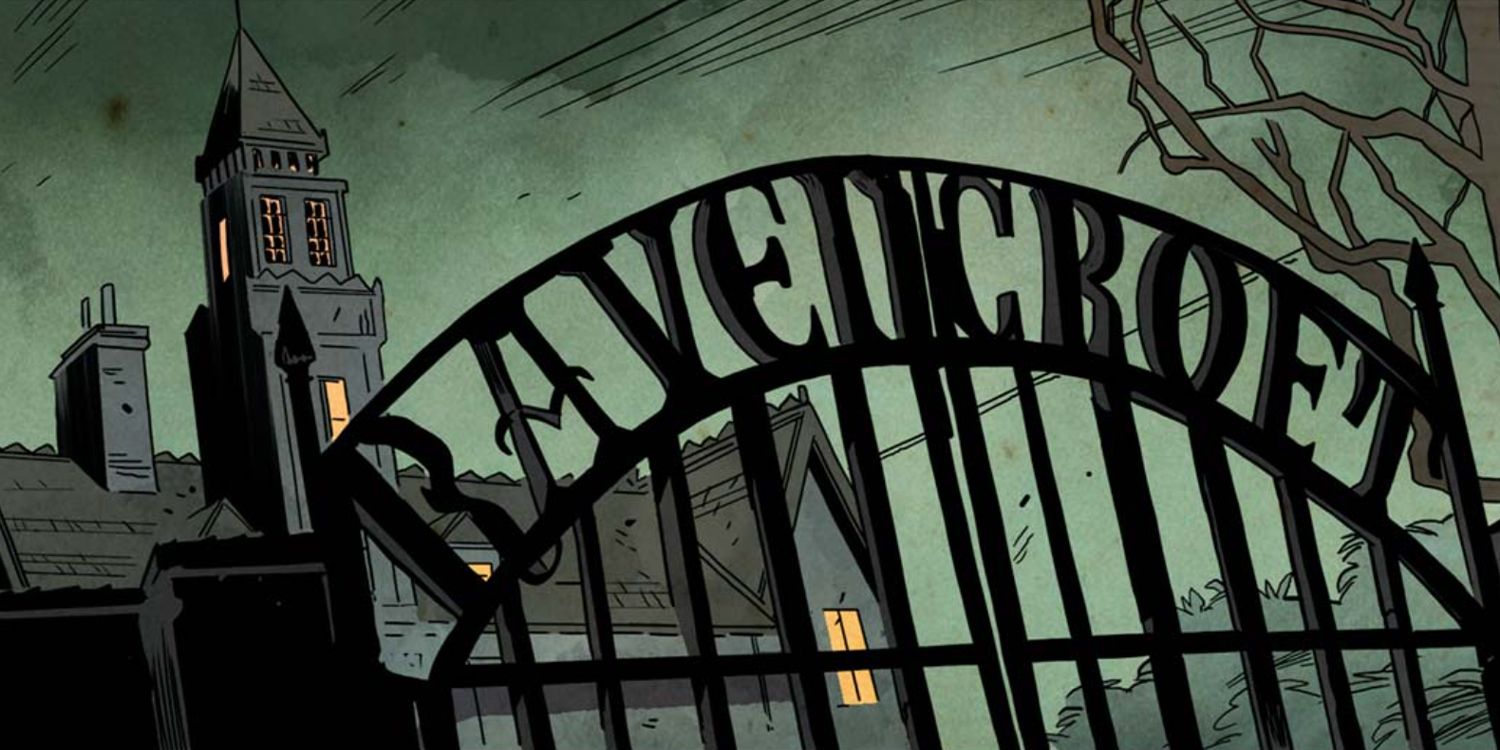
Two of the most storied institutions in DC and Marvel Comics are Arkham Asylum and the Ravencroft Institute for the Criminally Insane. Both are mental health facilities with a dark history lurking beneath the surface, and have gone on to attain a special type of lore in their respective comic universes. Together, they each achieve a looming, spectral presence in the world of superhero comics, injecting a sense of classic gothic horror.
DC's Arkham Asylum borrows its name from the name of a city that was featured prominently in works by cult weird fiction writer, H.P. Lovecraft. Located on the outskirts of Gotham, Arkham Asylum is an integral part of several Batman stories, including Grant Morrison's take on Arkham, Arkham Asylum: A Serious House on Serious Earth, Scott Snyder's Court of Owls saga, and, to a lesser extent, Frank Miller's Dark Knight Returns. Likewise, the Ravencroft Institute for the Criminally Insane originally debuted in Spectacular Spider-Man #178, and is located in Westchester County, New York. It originally housed a number of Spider-Man villains, including members of the Sinister Six like Doctor Octopus, Mysterio, Vulture, and Electro.
The fact that Arkham and Ravencroft are so similar begs the question of why two of the biggest names in superhero comics have notorious psychiatric facilities. What is it about the superhero genre that necessitates the existence of a place like Arkham or Ravencroft? While this may seem like it is part of an outdated perspective of evil being a type of mental illness, the reality is much more nuanced. The role that Arkham and Ravencroft play in their universes is to undo several ways that superheroes function within the world of their stories, placing them in novel environments rarely seen in superhero comics. In doing so, Arkham and Ravencroft force the reader to consider what a superhero actually is.
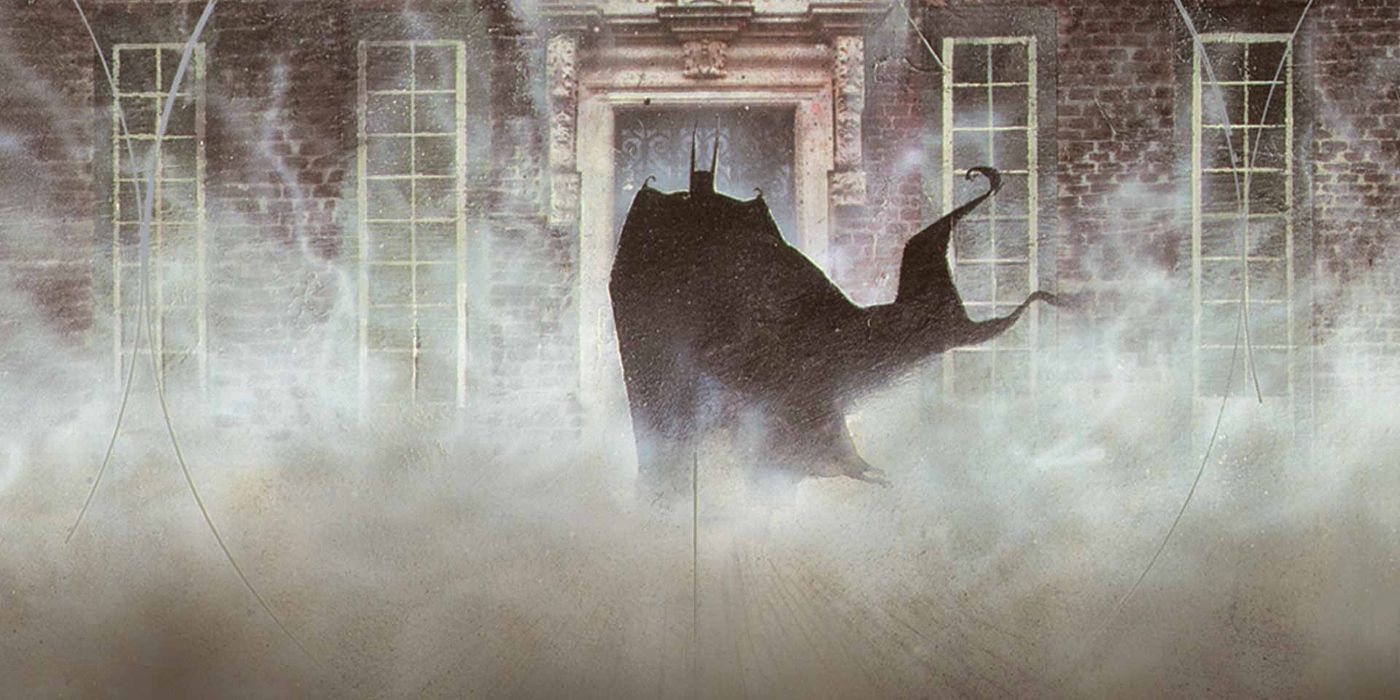
The reason why Arkham Asylum and the Ravencroft Institute exist in comics is that they highlight a tension surrounding a central player in superhero stories: the public. Superhero comics are often thought of as a struggle between heroes and villains, of good versus evil, but this dichotomy ignores the massive impact that the general population plays. Superheroes depend on the public to give them something to protect, and the public depends on superheroes to keep them safe. The general population is the reason why superheroes wear costumes to conceal their identities in the first place, where much of the significance of superhero iconography is located. Without the public, there is nothing for superheroes to defend, nothing for villains to terrorize.
Ravencroft and Arkham are designed to isolate people from the public, to be repositories for the unsavory bits and secrets of society. To venture inside these facilities is to depart the public sphere that superheroes are so accustomed to working in. When a hero enters one of these places, they lose the third player in the triangle that has shaped the foundation of the genre. And with the removal of the public in Arkham and Ravencroft comes a startling realization about their effectiveness–the chaos, cruelty, and evil they are meant to contain and conceal still exist beyond their walls. This calls into question many aspects about modern superheroes.
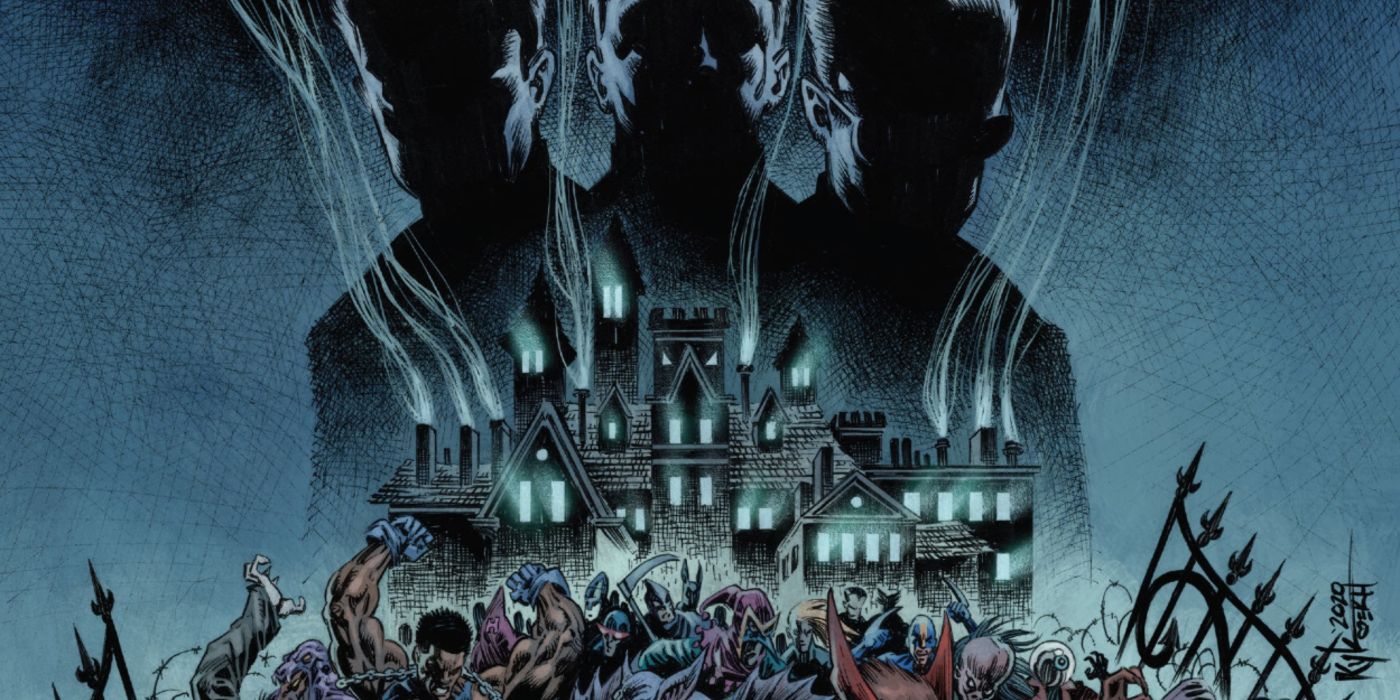
Without the presence of the public, superheroes cease to be superheroes. Instead, they become highly or unusually skilled individuals working from a particular moral standpoint. This is why Ravencroft and Arkham are such compelling fixtures of Marvel and DC Comics because they force the reader to reorient their sense of the heroic away from the good-evil-public triangulation. Aside from the intriguing premise that this provides, Arkham and Ravencroft offer an opportunity for writers to closely examine key aspects of superhero mythos, identifying the shortcomings of not only specific characters but of the genre as a whole.
One of these shortcomings is the particular approach to evil that exists in many superhero comics. If the depiction of Arkham, especially, evidences anything, it is an effort to contain a few choice examples of evil away from society. Though considered a psychiatric facility in many stories, Arkham really functions as a prison, not only in the physical sense but in the mindset towards society's ills that it breeds. Viewing evil as a thing that can be represented in a few individuals ignores its broader existence as an unfortunate human phenomenon shared by members of the public. It is impossible, from a practical standpoint, to think that all of Gotham's evil can be contained inside Arkham, something which is explored at length in Grant Morrison's Arkham Asylum graphic novel.
A similar idea plays out with Marvel's Ravencroft Institute in the Ruins of Ravencroft series. In Ruins of Ravencroft: Dracula #1, Captain America and Bucky Barnes discovered that the facility was being used by Dracula, Baron Blood, and Professor Andre Thorton to conduct experiments on humans (written by Frank Tieri, pencils by Angel Unzueta, inks by Stefano Landini, colors by Rachelle Rosenberg, and letters by VC's Travis Lanham). Seeking to find cures for vampire weaknesses, the villains' work had resulted in a collection of monstrosities called The Unwanted, who remained locked up in the facility's basement.
In this story, the reputation of Ravencroft and its inmates was used as a fake-out to show the real horror of the story: the actions of Dracula, Baron Blood, and Thorton. Their operation was only possible in a place like Ravencroft because of its isolation from the general public and sinister associations. Indeed, The Unwanted's name speaks to the marginalization experienced by Ravencroft's inmates, cast out from the rest of society. Their location in the bowels of Ravencroft dramatizes the process by which deviations from the ideal embodied in superheroes are discarded. Captain America and Bucky's discovery of The Unwanted provides a disturbing mirror for how they might be seen if the procedures that made them into super-soldiers had gone awry, or if they were on the wrong side of the moral spectrum.
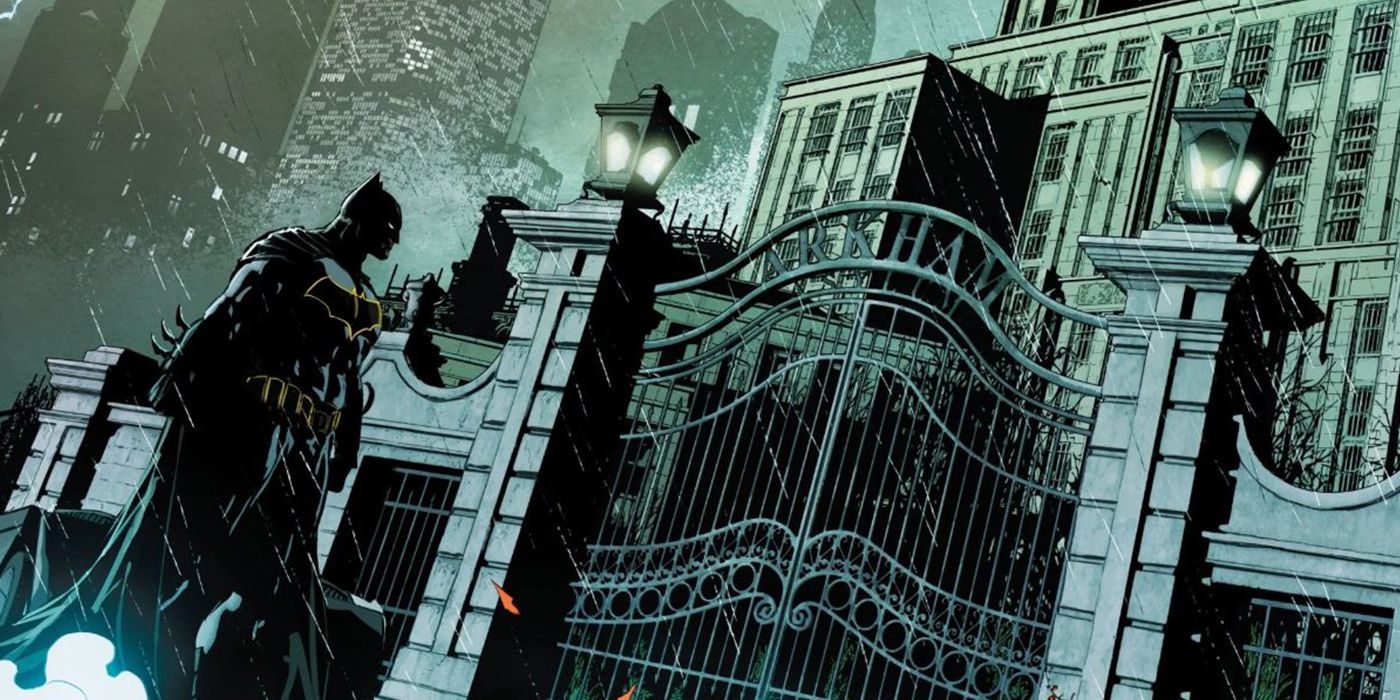
Arkham and Ravencroft are the exact opposites of what superheroes symbolize, and yet they have more in common with them than one might think. The facilities represent chaos, madness, and gritty realism, contrasting with the order, justice, and idealism of superheroes. Superheroes are often seen as servants protecting the public, but this leaves a question open of whether or not superheroes themselves are seen as part of this group. Because many of them are masked, costumed figures whose real identities are unknown, superheroes lack a sense of quotidian personhood that defines the public.
It is clear that superheroes are not considered part of the general population, based on the often rocky relationship they have with the people they protect. After all, Spider-Man is regularly referred to as a "menace" by J. Jonah Jameson, and Marvel's youngest team, the Champions, are in the middle of a storyline where they must fight for their rights as teenage superheroes. This makes the existence of Arkham and Ravencroft all the more interesting, because it gives both inmates and heroes an unexpected commonality in their separation from society.
With this in mind, there is little that separates heroes from the inmates at Arkham and Ravencroft. Both have a peripheral and yet influential relationship with the public, providing a standard of behavior that ordinary people measure themselves against. Trying to operate at either end of the moral spectrum, in the end, results in one's exclusion from regular society. It seems then that partaking in a superhero story, either as a villain or a hero, results in the loss of one's moral complexity in the eyes of the public.
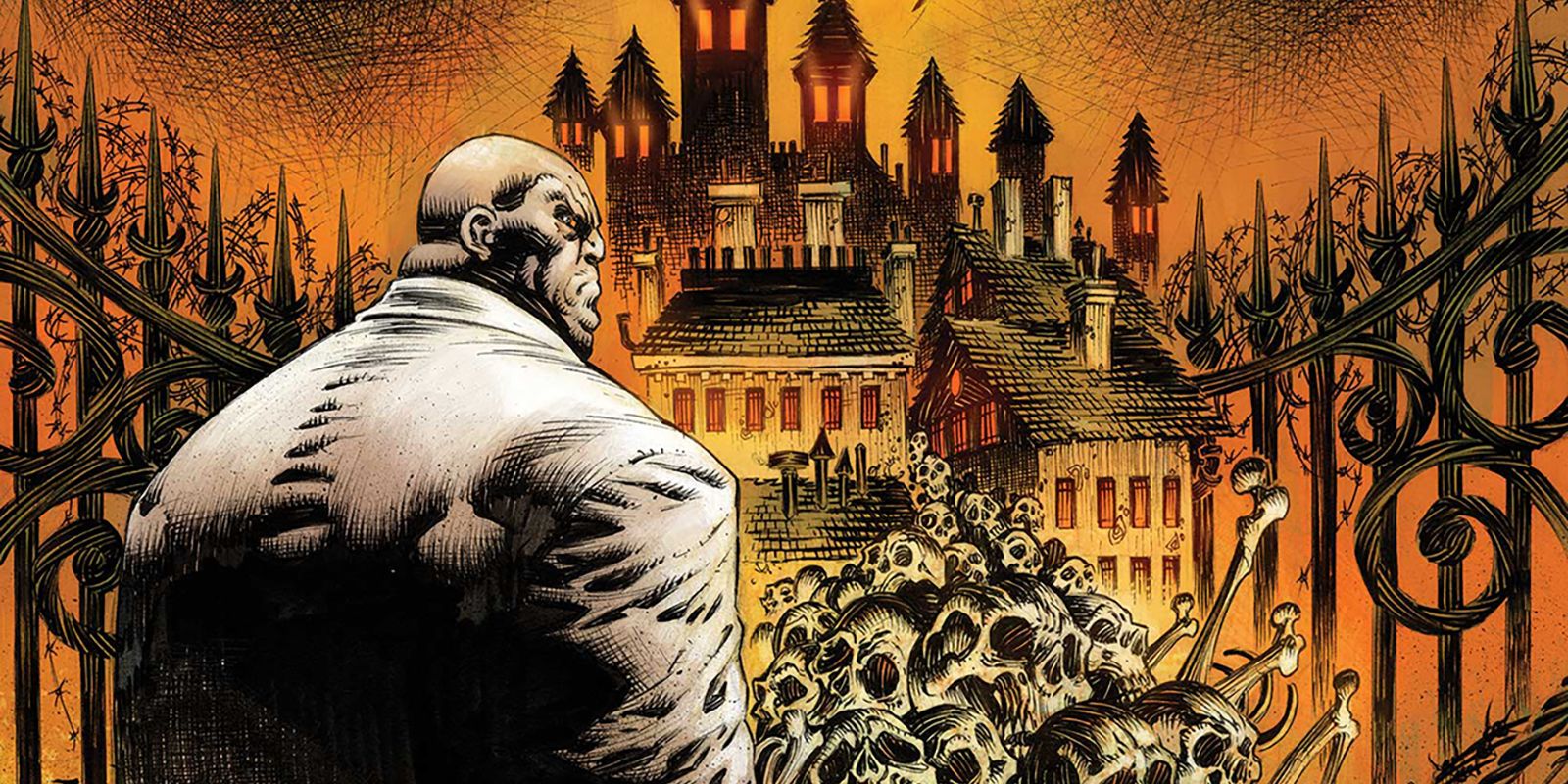
Ultimately, both Arkham Asylum and the Ravencroft Institute for the Criminally Insane exist as a means for the superhero genre to challenge its own conventions. This is primarily accomplished by highlighting how inmates at these facilities along with superheroes themselves are excluded from the general public. Because of the frequently unstable relationship that superheroes have with the general population, interacting with places like Ravencroft and Arkham provide a glimpse of the dark side of their work as superheroes. Making a mistake on the job could land them a place there, whether they like it or not.
Writers have moved away from associating Ravencroft and Arkham as cesspools of evil due to their inmates, instead of examining the shortcomings of the genre that the facilities pose. More than anything Arkham and Ravencroft represent the failure of the DC and Marvel universes to reckon with the existence of evil in all areas of society. Though it is much simpler to approach evil as a thing represented in specific individuals who must be contained and separated from society, the reality is much messier. And this fact is far scarier than any inmate of either Ravencroft or Arkham could ever be.
from ScreenRant - Feed

